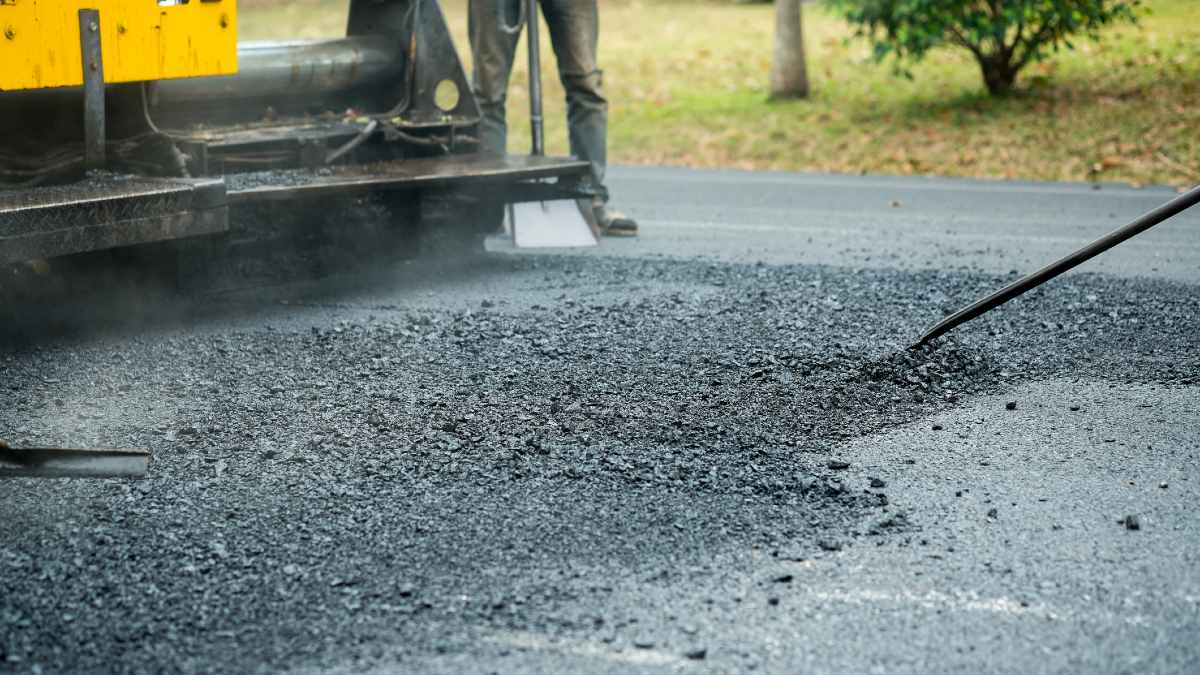Key Takeaways
- Modern asphalt repair techniques enhance efficiency and durability.
- Innovations like infrared technology and self-healing materials are transforming road maintenance.
- Eco-friendly practices are becoming integral to asphalt repair processes.
Table of Contents
- Infrared Asphalt Repair
- Self-Healing Asphalt
- Recycled Asphalt Pavement
- Warm-Mix Asphalt
- Porous Asphalt
- Smart Infrastructure Systems
- Conclusion
Maintaining durable and safe roadways continues to challenge municipalities, civil engineers, and contractors. Heavy traffic, dramatic weather changes, and the natural aging of surfaces necessitate frequent repairs and upgrades. While traditional methods have addressed these needs for decades, their limitations—such as short lifespans and disruptive installation—have paved the way for integrating new solutions. Among the most impactful advancements is cold patch asphalt, which enables quick, cost-effective repairs that can be completed in nearly any weather, providing a flexible answer to many road maintenance hurdles.

Infrared Asphalt Repair
Infrared asphalt repair is one of the most advanced repair techniques that is now gaining traction. This process uses specialized infrared heaters to warm existing asphalt, rendering it soft and workable to blend seamlessly with new material. Infrared methods are well-suited for quick fixes to potholes, surface cracks, and localized damage without requiring extensive demolition or disruption.
Key Benefits:
- Repairs can often be completed in under 30 minutes—ideal for high-traffic areas.
- Seamless bonding between old and new asphalt prevents water infiltration that causes further deterioration.
- Existing materials are reused, reducing waste and lowering costs.
Due to its minimal disruption and superior results, infrared repair quickly becomes a preferred choice in urban environments where minimizing delays is crucial.
Self-Healing Asphalt
Imagine a road surface that can repair its minor cracks before they expand into larger problems. Self-healing asphalt is making this vision a reality. By utilizing microcapsules filled with rejuvenating agents embedded within the asphalt mix, this new technology releases healing compounds when cracks emerge, “healing” itself automatically. The result is increased pavement lifespan, significantly lowered maintenance costs, and a more reliable transportation network overall. This innovative solution is being trialed and refined in several research projects, promising to transform long-term road sustainability.
Recycled Asphalt Pavement
Recycling remains at the heart of many new infrastructure initiatives, and asphalt is no exception. Recycled Asphalt Pavement (RAP) involves reclaiming and repurposing material from outdated or damaged roadways and integrating it into new pavement mixes. This sustainable practice not only reduces the need for new raw materials but also cuts costs and diverts tons of waste from landfills.
Advancements in plant technology and processing methods now make it possible to use high percentages of RAP—sometimes upwards of 50%—while still producing strong, resilient new pavement layers.
Warm-Mix Asphalt
Warm-mix asphalt (WMA) represents a significant step towards safer and greener paving. Unlike traditional hot-mix asphalt—which requires high temperatures for mixing and application—WMA can be produced and installed at much lower temperatures. This innovation has several advantages:
- Extended paving season, as cooler temperatures no longer present roadblocks to repairs.
- Improved working conditions due to fewer emissions and reduced heat stress for crews.
- Enhanced compaction for a longer-lasting, high-quality surface.
Warm-mix asphalt’s eco-friendly credentials and ease of use make it the material of choice for many paving projects.
Porous Asphalt
Stormwater management is a central concern in today’s built environments, and porous asphalt offers an innovative way to address it. Unlike conventional surfaces that direct runoff into storm sewers—and potentially overload water management systems—porous asphalt allows water to infiltrate through the pavement, gradually recharging groundwater supplies and reducing surface runoff.
Key Benefits:
- Flooding and water pooling risks are significantly reduced.
- Pollutants are naturally filtered, leading to improved water quality in urban environments.
- It helps moderate surface temperatures, diminishing the urban heat island effect.
This approach is ideal for parking lots, residential streets, and other areas where environmental performance is a priority.
Smart Infrastructure Systems
Integrating technology into roadways is revolutionizing maintenance through real-time data collection and analysis. Smart infrastructure systems leverage embedded sensors and Internet of Things (IoT) technology to track pavement condition, traffic volume, temperature changes, and moisture levels. With remote monitoring, road agencies can shift from reactive to proactive maintenance, scheduling repairs precisely when and where needed.
- Problems are detected early, minimizing the chance of costly, large-scale repairs.
- Maintenance becomes data-driven, leading to more efficient use of resources.
- Continuous monitoring increases overall road safety and lifespan.
As smart systems become more widespread, the future of road infrastructure will be characterized by increased efficiency, safety, and sustainability.
Conclusion
The future of road maintenance is grounded in innovation, sustainability, and improved efficiency. Emerging technologies such as infrared and self-healing asphalt, recycled materials, environmentally friendly mixes, stormwater-friendly surfaces, and smart monitoring are transforming the industry. Integrating solutions like cold patch asphalt ensures that our roadways keep pace with modern demands, serving communities safely and reliably for years.
Leave a Reply